What happened next to the 33-room ducal mansion being auctioned off for £200,000
This grand country house just outside Monmouth has an incredible history, unbeatable grandeur and a mind-boggling amount of work to be done — but it still sold for almost seven times its auction estimate.
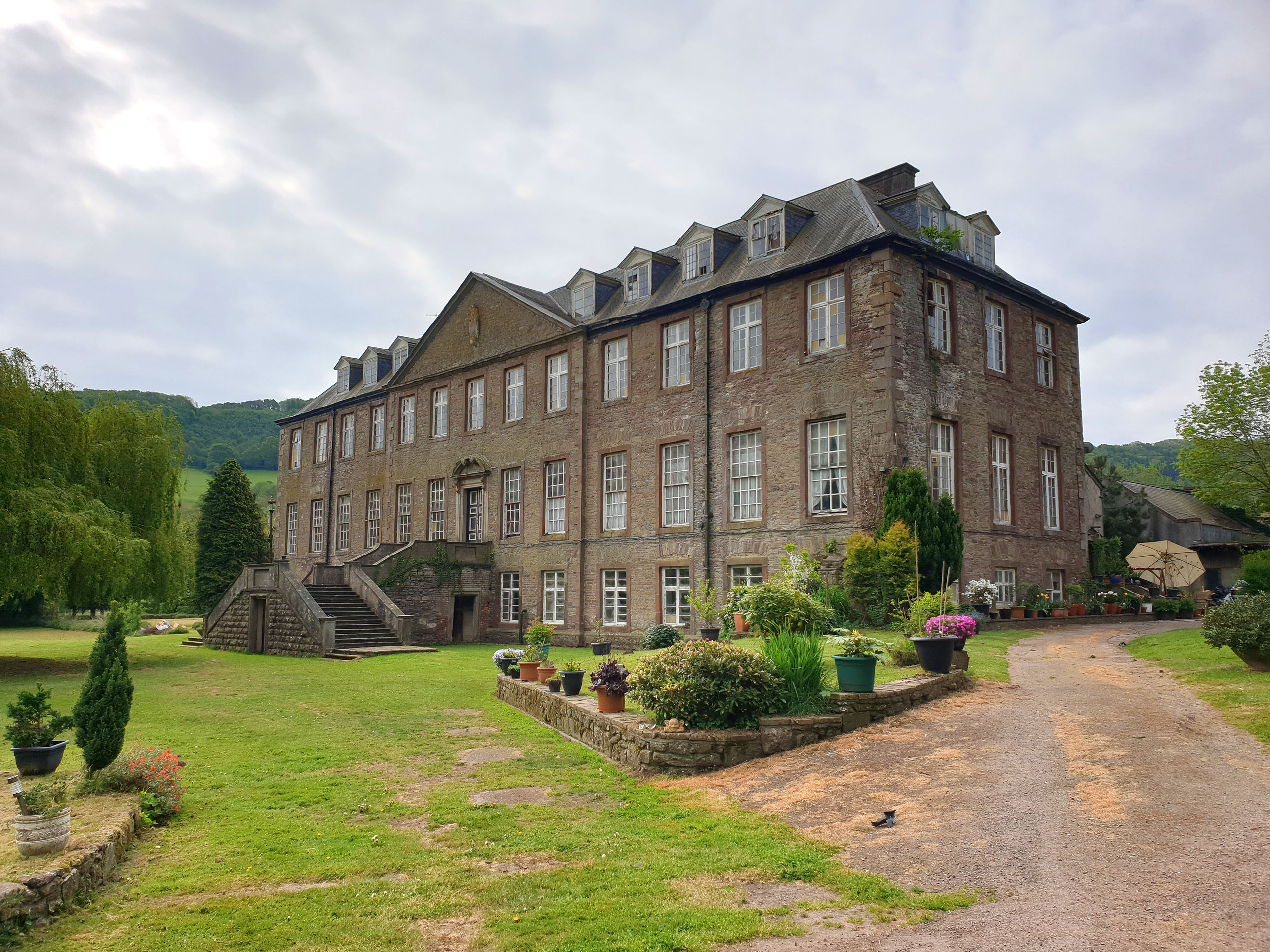
A few weeks ago we reported on a quite astonishing opportunity: Troy House, a sprawling mansion built by one of Britain's greatest dukes, was going under the hammer on May 28th through auctioneers Allsop.
As you might imagine, the story generated a huge amount of interest. This was a home which had a bit of everything: history, grandeur, beauty, size, potential and price — the auctioneers put an estimate of £200,000-£250,000 on it.
There was a catch. Of course there was — there's always a catch. Troy House is an almost total wreck.
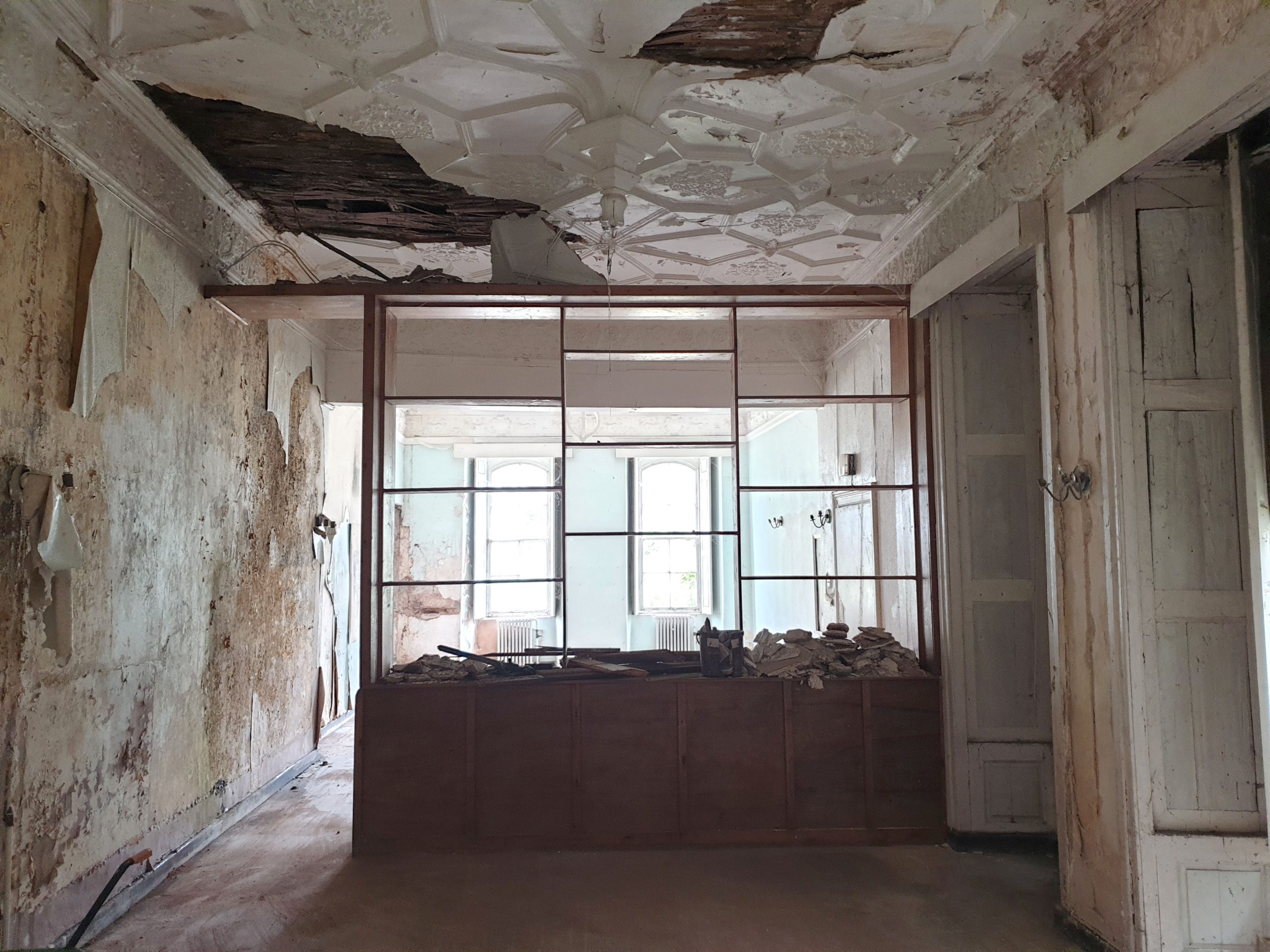
The pictures on this page tell the tale. The amount of work needed at this Grade II*-listed 17th century mansion is vast, and given its listing status the work will need to be carried out by specialists, using appropriate materials and with the approval of conservation bodies. It's certainly a question of millions rather than hundreds of thousands.
Yet despite those caveats, the potential rewards are enormous; after all, how many people get to say that they live in a house with its own entry at Wikipedia?
Richard Adamson of Allsop said before the auction that 'we anticipate some competitive bidding on auction day' — and so it proved: Troy House was sold for over £1,300,000.
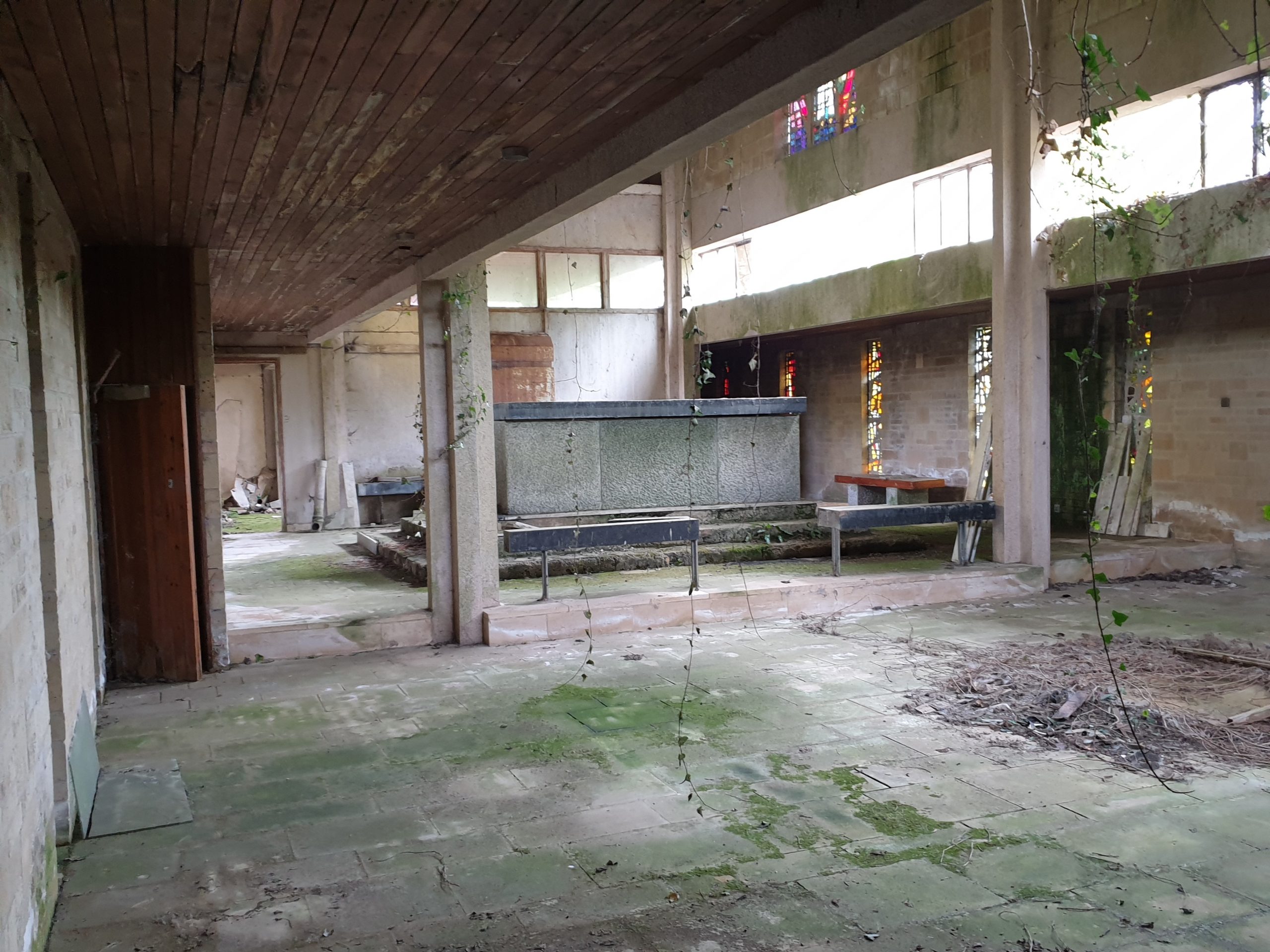
'Troy House in Wales received an exceptional amount of interest in the lead up to the auction, which converted to fierce competition on the day,' Richard told Country Life.
Sign up for the Country Life Newsletter
Exquisite houses, the beauty of Nature, and how to get the most from your life, straight to your inbox.
'We saw competitive activity right up until the final minute from 23 different bidders, with the property achieving a sale price of £1.356m – over six times the original guide price.
'This property demonstrates the continued demand for well-priced assets in a challenging market landscape.'
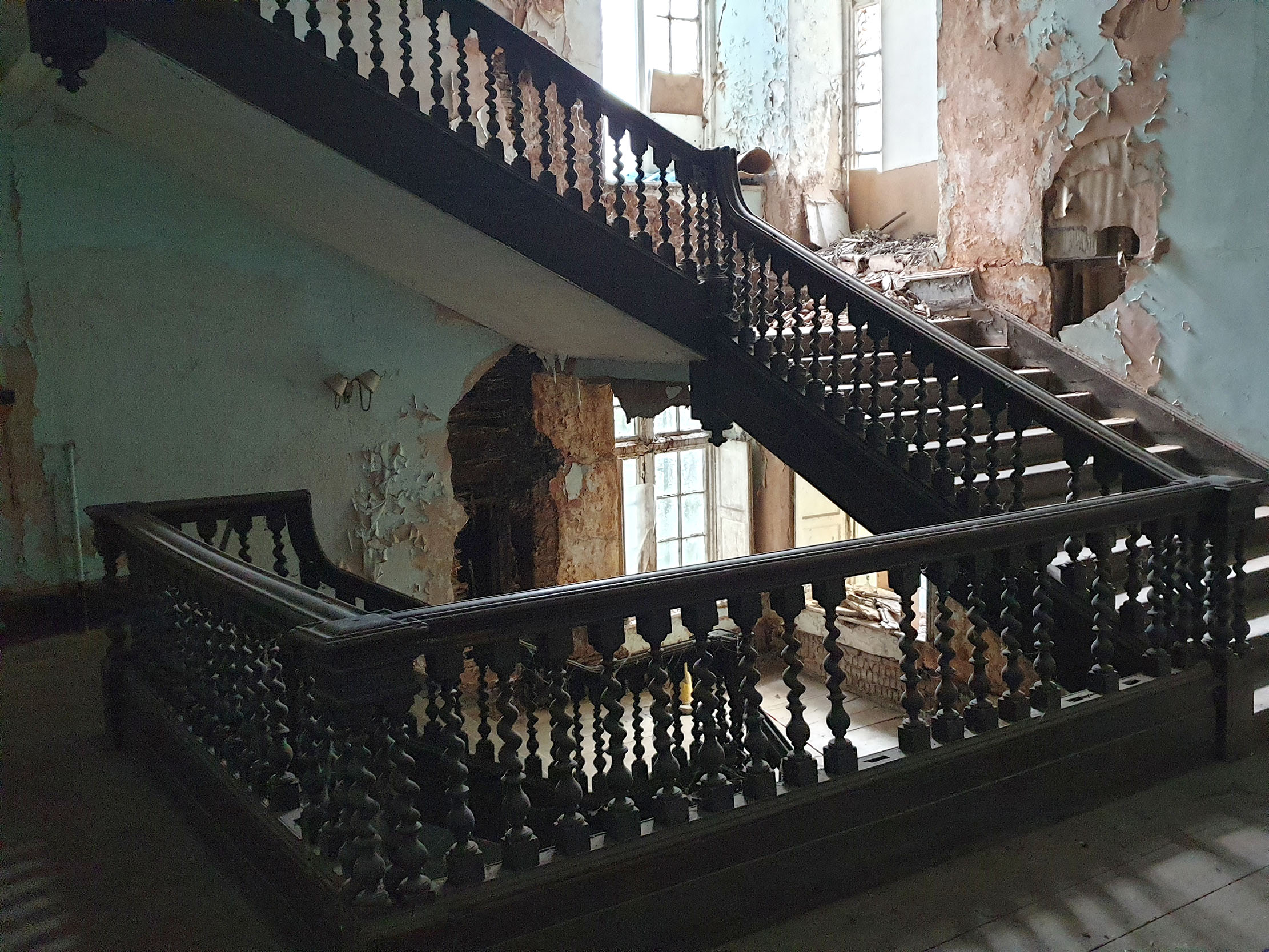
The house is set in six beautiful acres just outside one of the most charming towns in Wales — Monmouth — with a staggering 29 bedrooms.
There is a great hall, state dining room and a suite of withdrawing rooms, while access to the upper floors is via what is described by Pevsner as 'a magnificently spacious open-well staircase' which rises through the house.
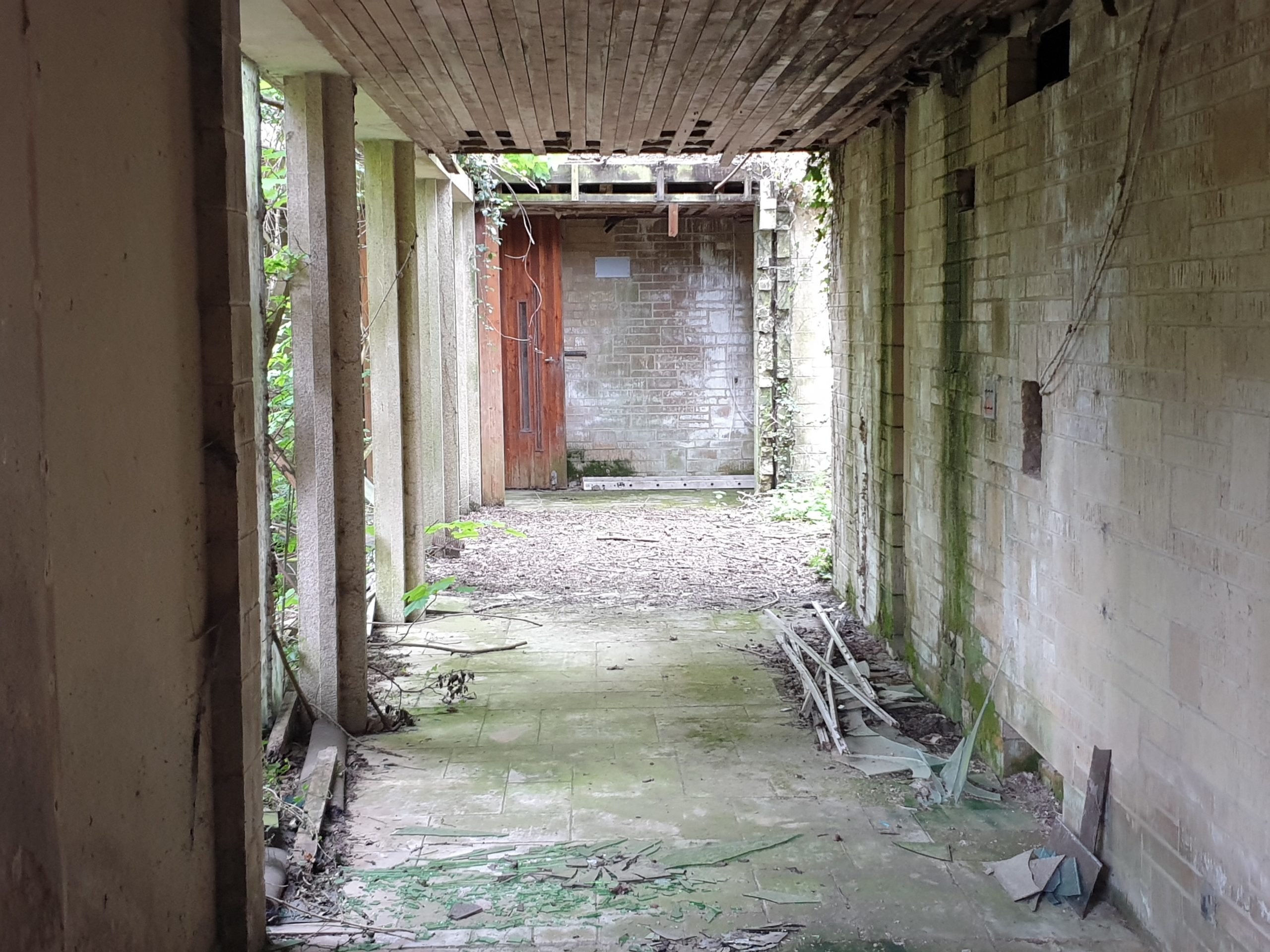
A chapel on the site has stained glass windows, while there are outbuildings, garaging, cloisters, a theatre and two tennis courts.
The pictures here tell their own tale: windows are smashed, flooring ripped up, ceilings collapsed.
There is rubble everywhere, endless grime and dirt, and at one room seems to have been set up as an indoor scooter track.
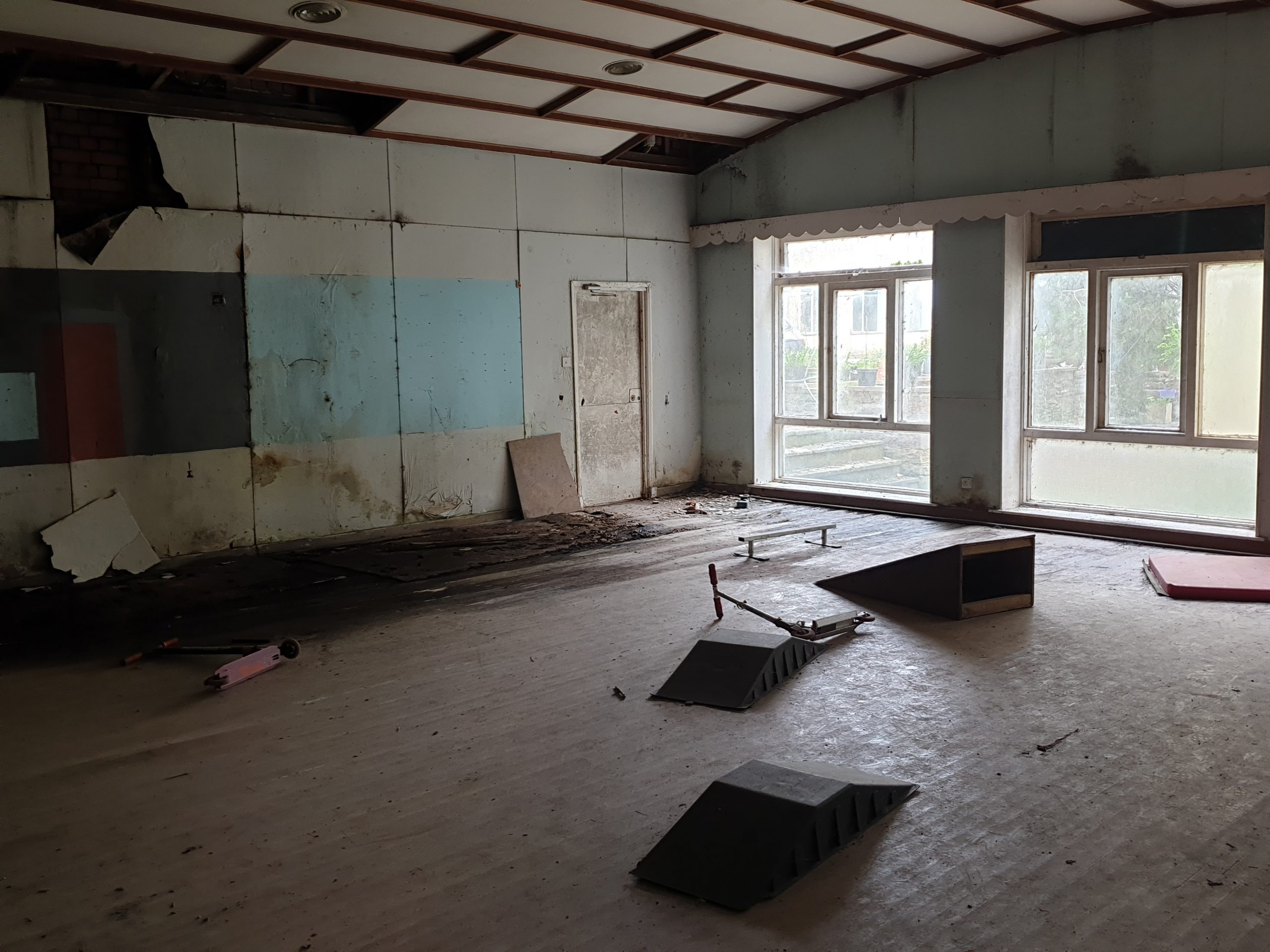
All of this is a sad state of affairs for a house built on the site of a medieval manor by Henry Somerset, 1st Duke of Beaufort, as a marital home for his son, Charles, the marquis of Worcester.
Charles died before his father, but the house remained in the family until the Spring of 1901, when the estate was auctioned off along with many other possessions of the Duke of Beaufort. An advert in Country Life from the time gives a few fascinating details.
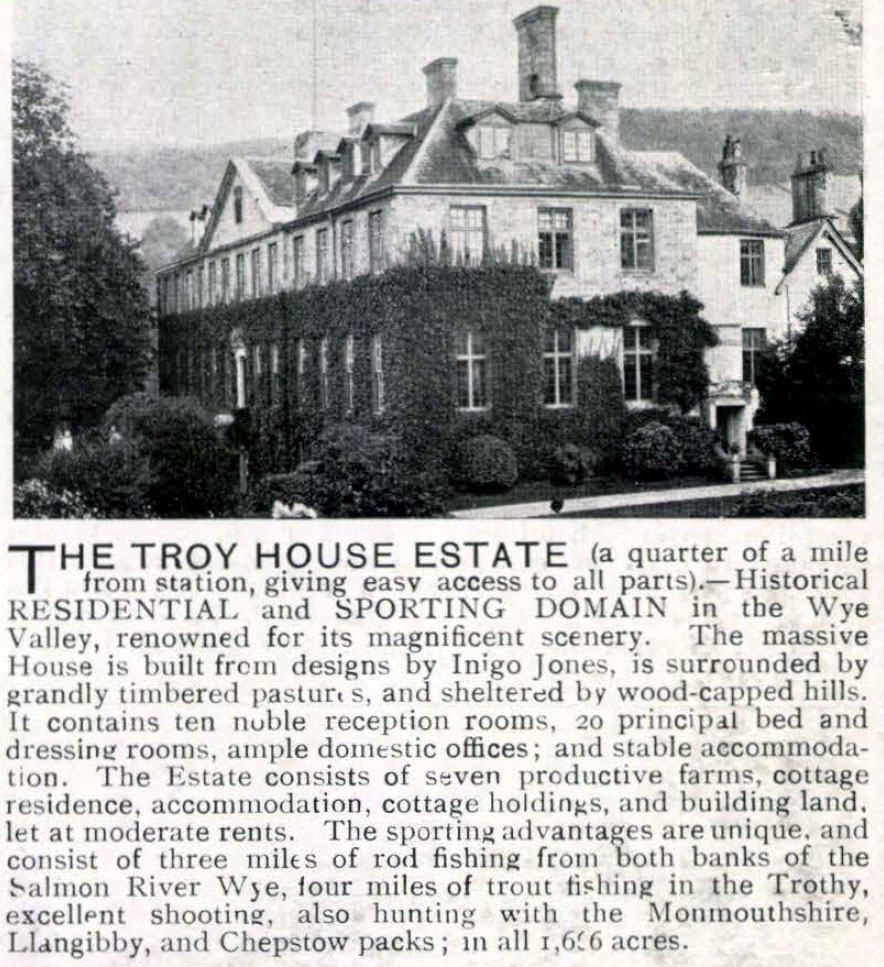
Troy House wasn't actually sold, however, but instead was handed over to the Sisters of the Good Shepherd for use as a convent school; there is still plenty of evidence of its days an educational establishment.
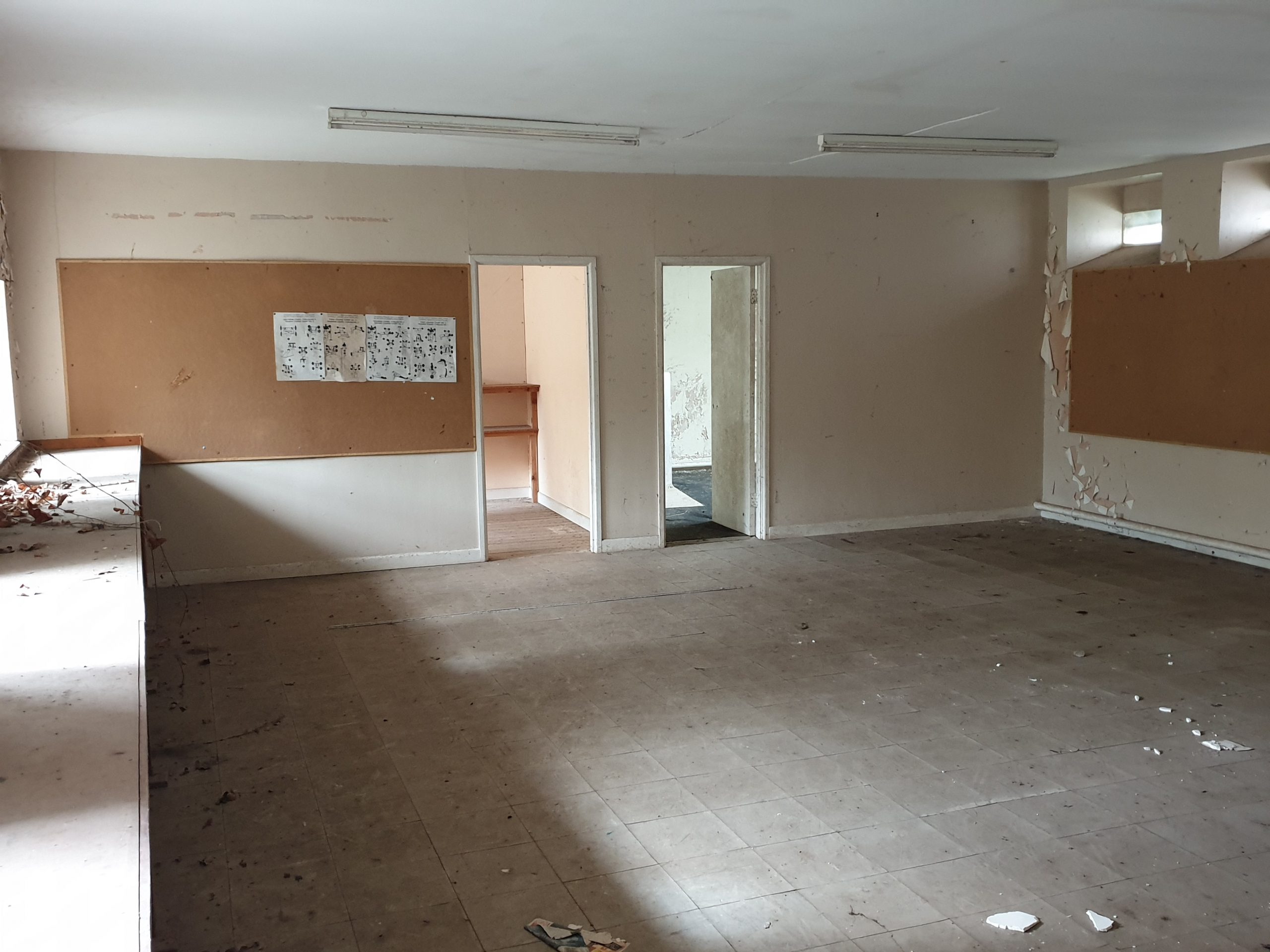
It's been deserted since 1991, and in some areas Nature is trying to take over: there are creepers growing in the chapel, giving it the look of a lost city discovered in some Central American jungle.
That said, there are some habitable rooms: there is a caretaker's flat, a two-bedroom apartment which appears to be in a perfectly solid state; one of the rooms boasts a four-poster bed, a touch which harks back to the building's illustrious history.
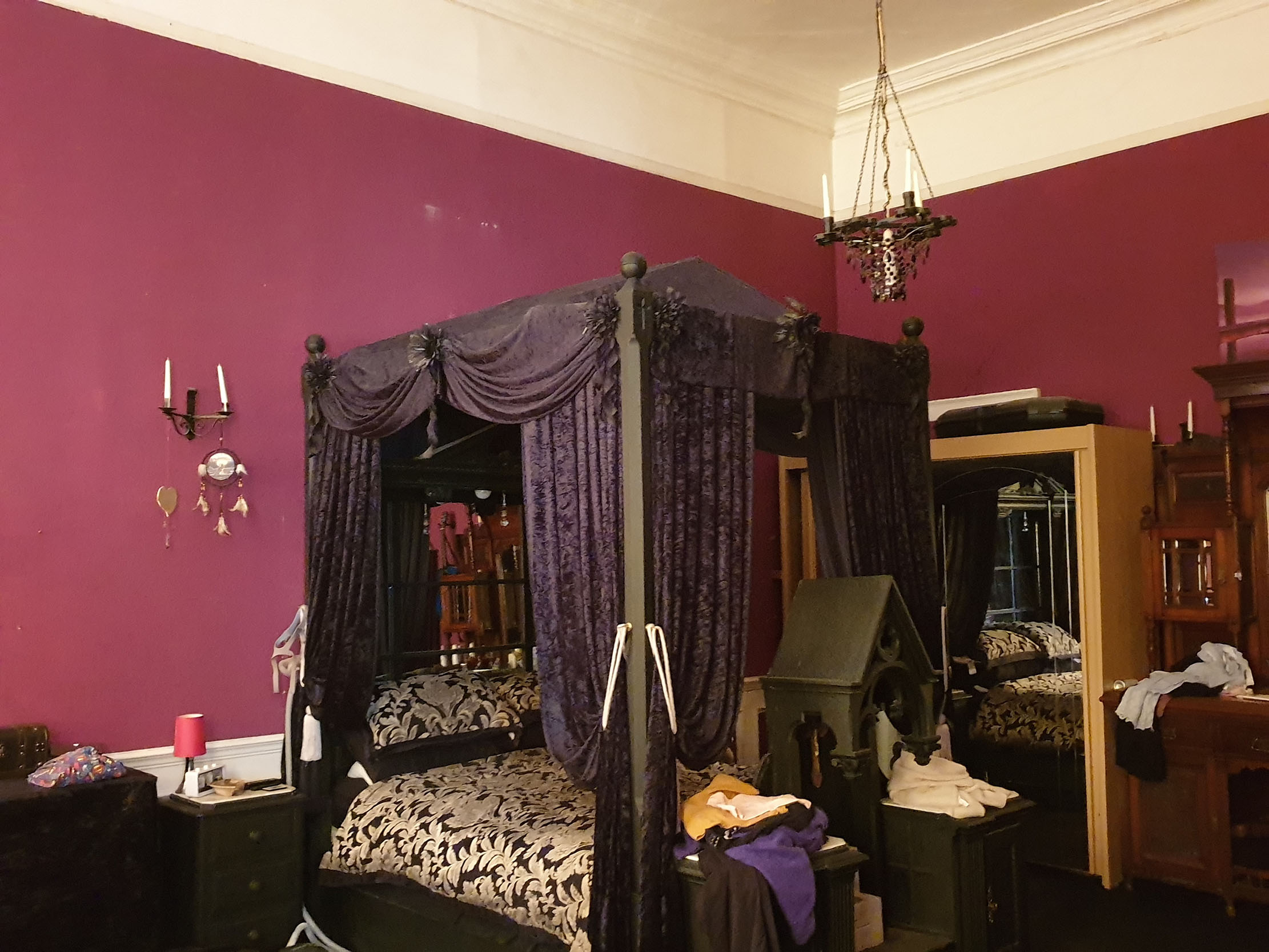
And yet that's a rare bright spot in a building which needs gutting from top to bottom. In short, the buyer might not pay a lot for this site — and Allsop confirm that the seller is 'happy for the house to be sold at true value' — but they'll have to pay far, far more to get the place back into shape.
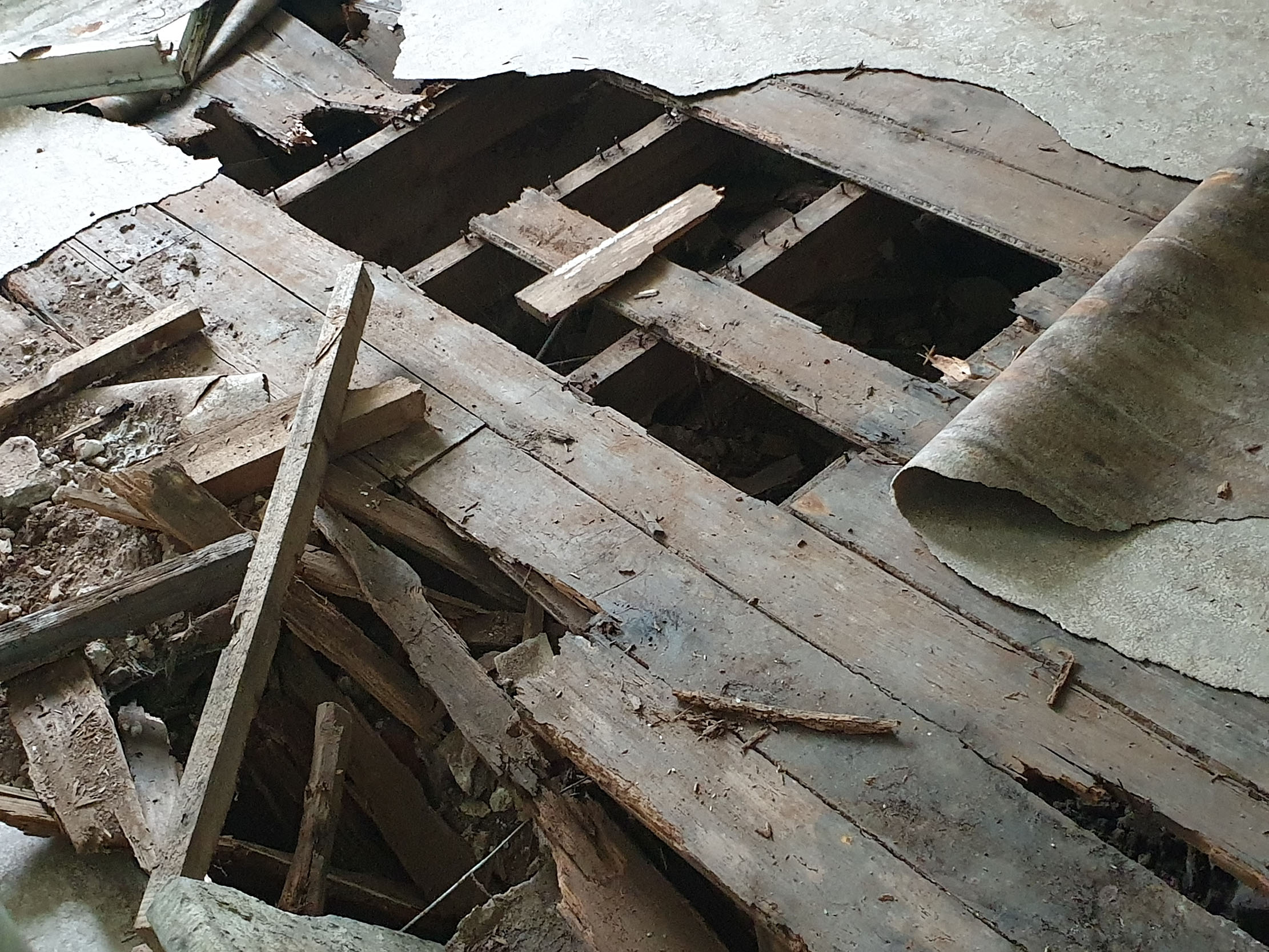
The new owners are yet to confirm publicly what their plans are, but before the auction Richard Adamson suggested that it was ripe for 'a private home, converting into a boutique hotel and spa or refurbished into luxury apartments, subject to planning.'

There are all manner of options for where the building goes from here, for in the past there have been a number of efforts to re-do the place. An on-again-off-again scheme to turn Troy House into luxury flats has failed to come to fruition, with concerns about the site's potential propensity to flooding, and worries over accessing the building via tracks which service the surrounding dairy farm.
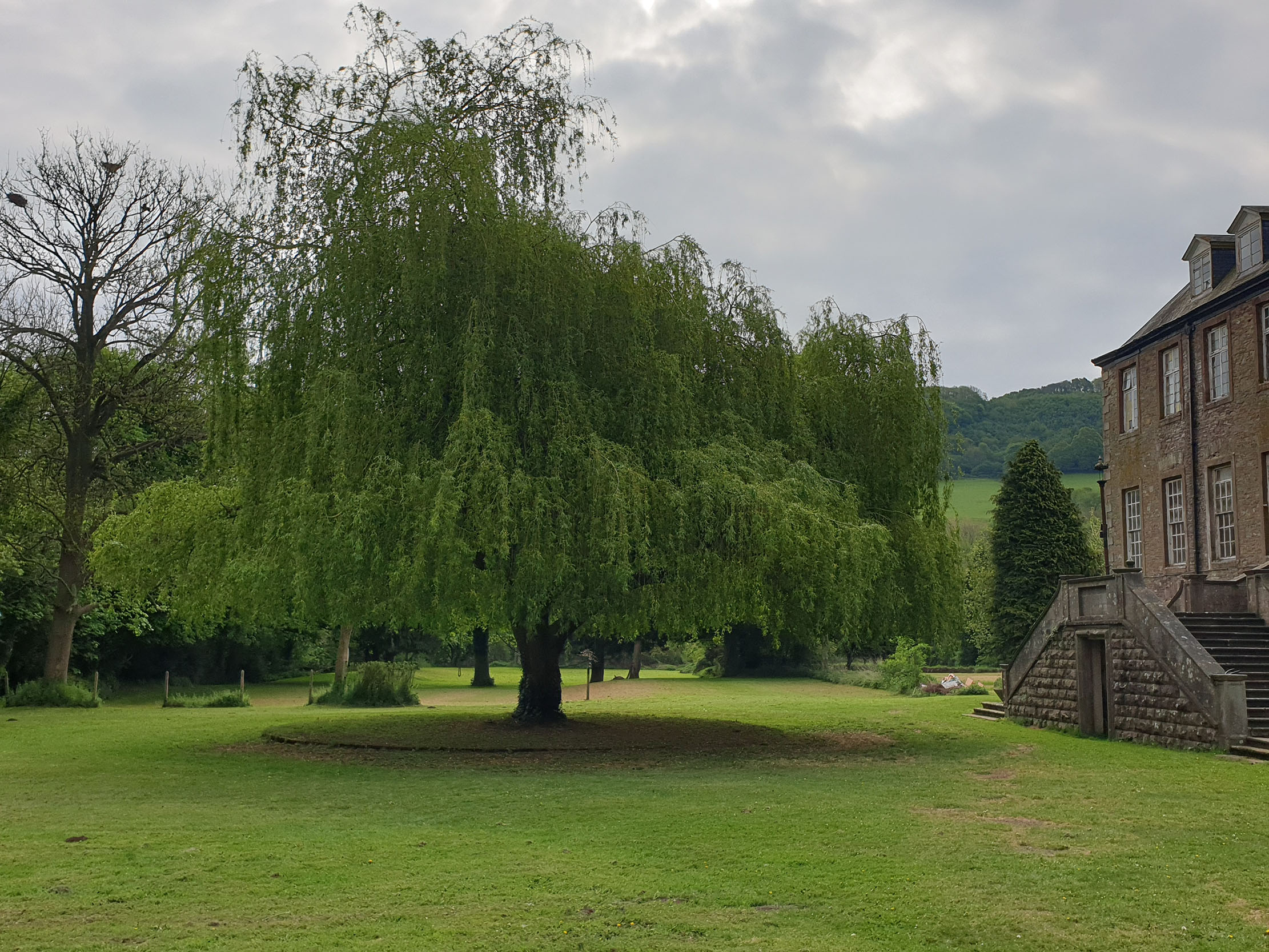
Yet it's clear that both Cadw and the local council are desperate to work with new owners to rescue a building which has been — and could again be — quite astonishing.
Troy House went up for auction via Allsops on 28 May — see more pictures and details, and you can read its Cadw listing here.
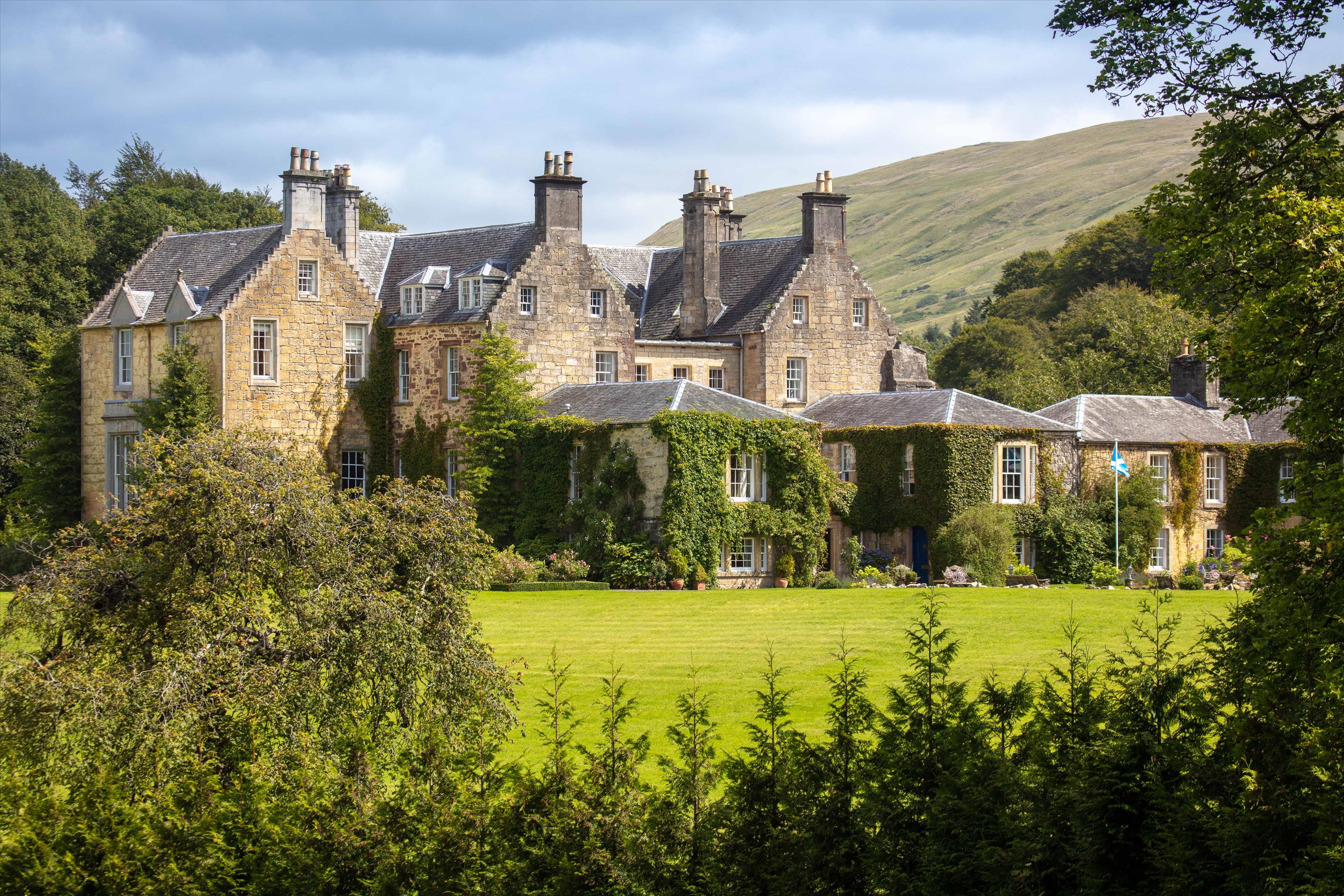
Spectacular Scottish castles and estates for sale
A look at the finest castles, country houses and estates for sale in Scotland today.
Toby Keel is Country Life's Digital Director, and has been running the website and social media channels since 2016. A former sports journalist, he writes about property, cars, lifestyle, travel, nature.
-
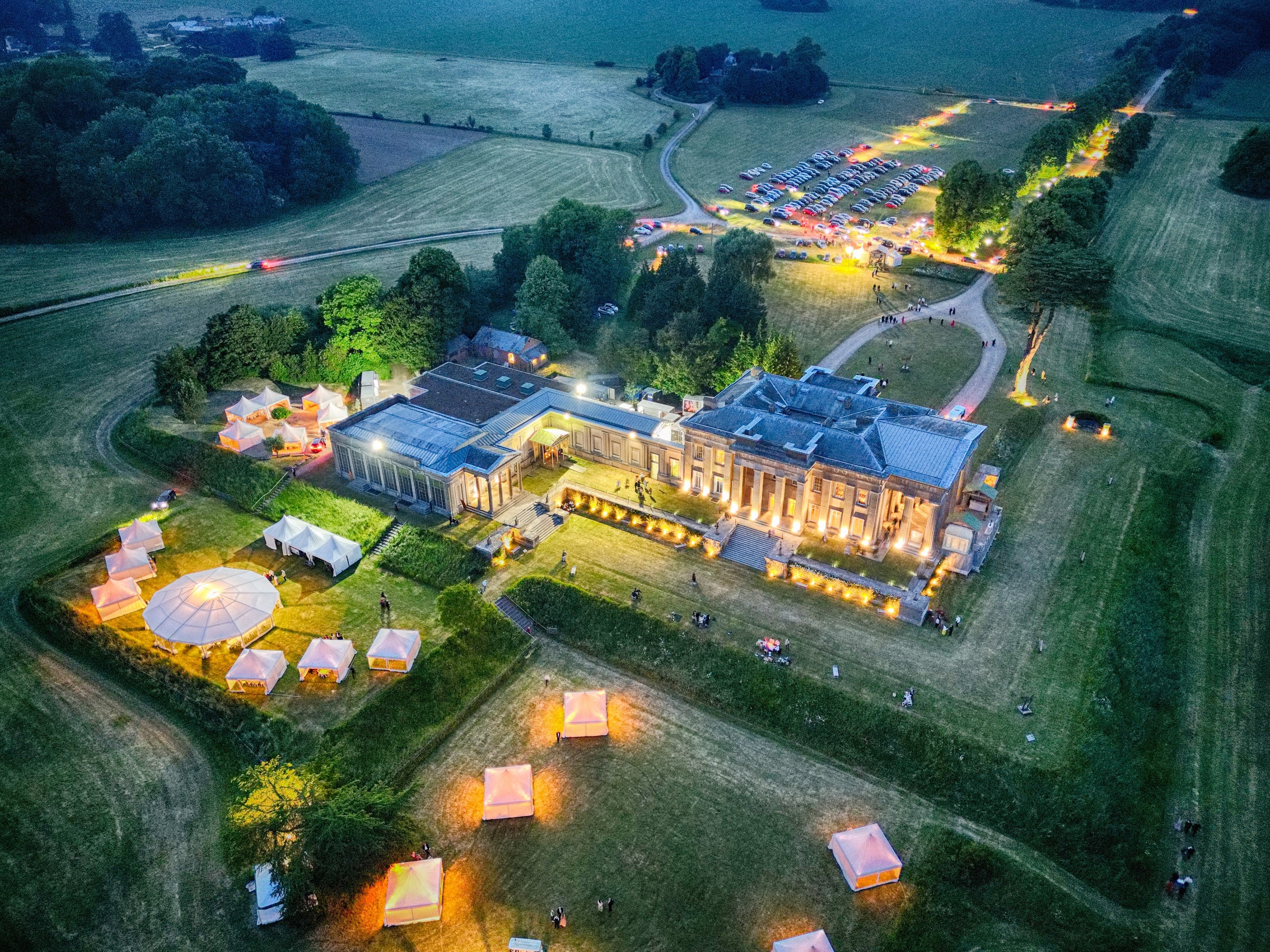 'There is nothing like it on this side of Arcadia': Hampshire's Grange Festival is making radical changes ahead of the 2025 country-house opera season
'There is nothing like it on this side of Arcadia': Hampshire's Grange Festival is making radical changes ahead of the 2025 country-house opera seasonBy Annunciata Elwes Published
-
 Welcome to the modern party barn, where disco balls are 'non-negotiable'
Welcome to the modern party barn, where disco balls are 'non-negotiable'A party barn is the ultimate good-time utopia, devoid of the toil of a home gym or the practicalities of a home office. Modern efforts are a world away from the draughty, hay-bales-and-a-hi-fi set-up of yesteryear.
By Annabel Dixon Published
-
 Welcome to the modern party barn, where disco balls are 'non-negotiable'
Welcome to the modern party barn, where disco balls are 'non-negotiable'A party barn is the ultimate good-time utopia, devoid of the toil of a home gym or the practicalities of a home office. Modern efforts are a world away from the draughty, hay-bales-and-a-hi-fi set-up of yesteryear.
By Annabel Dixon Published
-
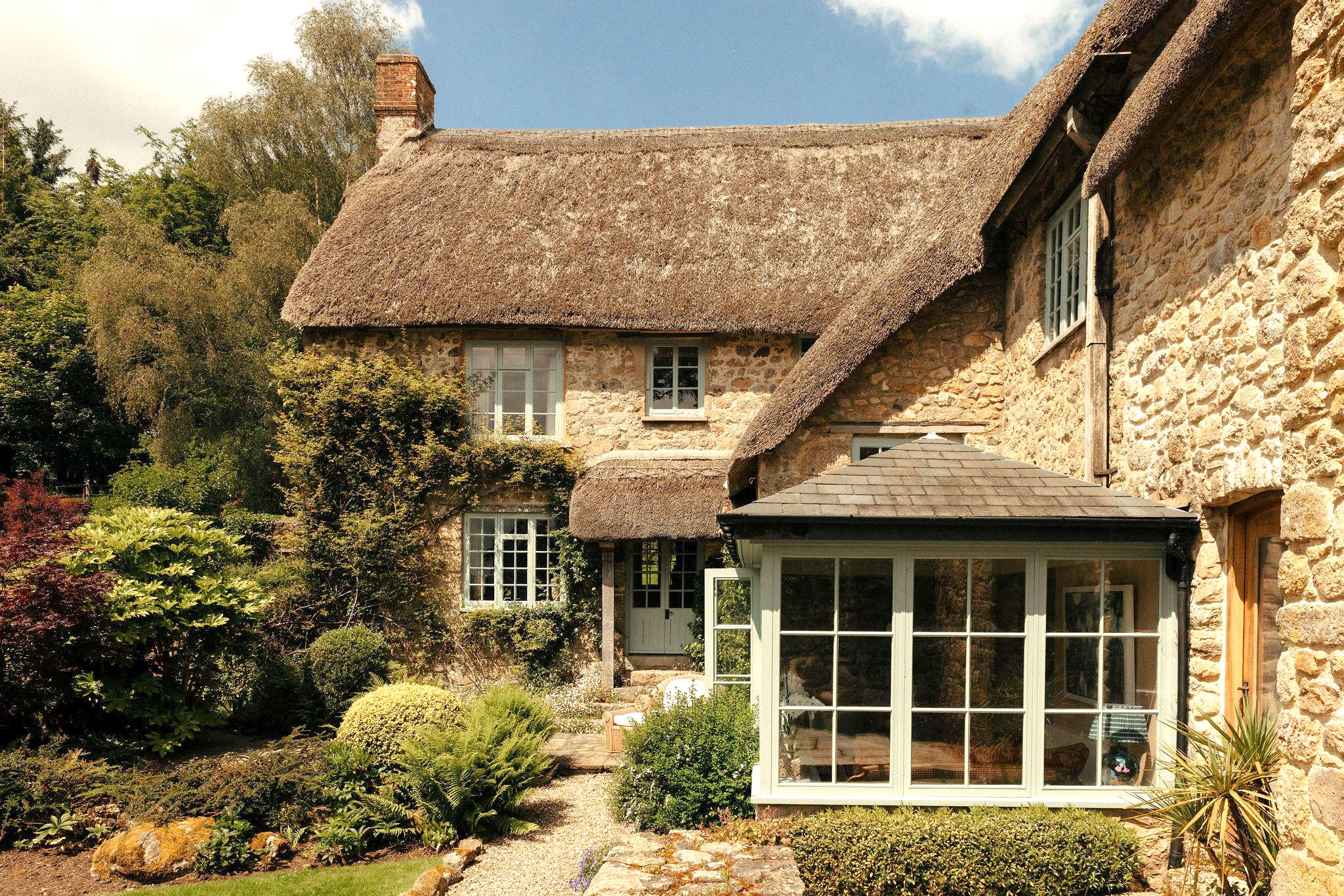 Five beautiful homes, from a barn conversion to an island treasure, as seen in Country Life
Five beautiful homes, from a barn conversion to an island treasure, as seen in Country LifeOur pick of the best homes to come to the market via Country Life in recent days include a wonderful thatched home in Devon and a charming red-brick house with gardens that run down to the water's edge.
By Toby Keel Published
-
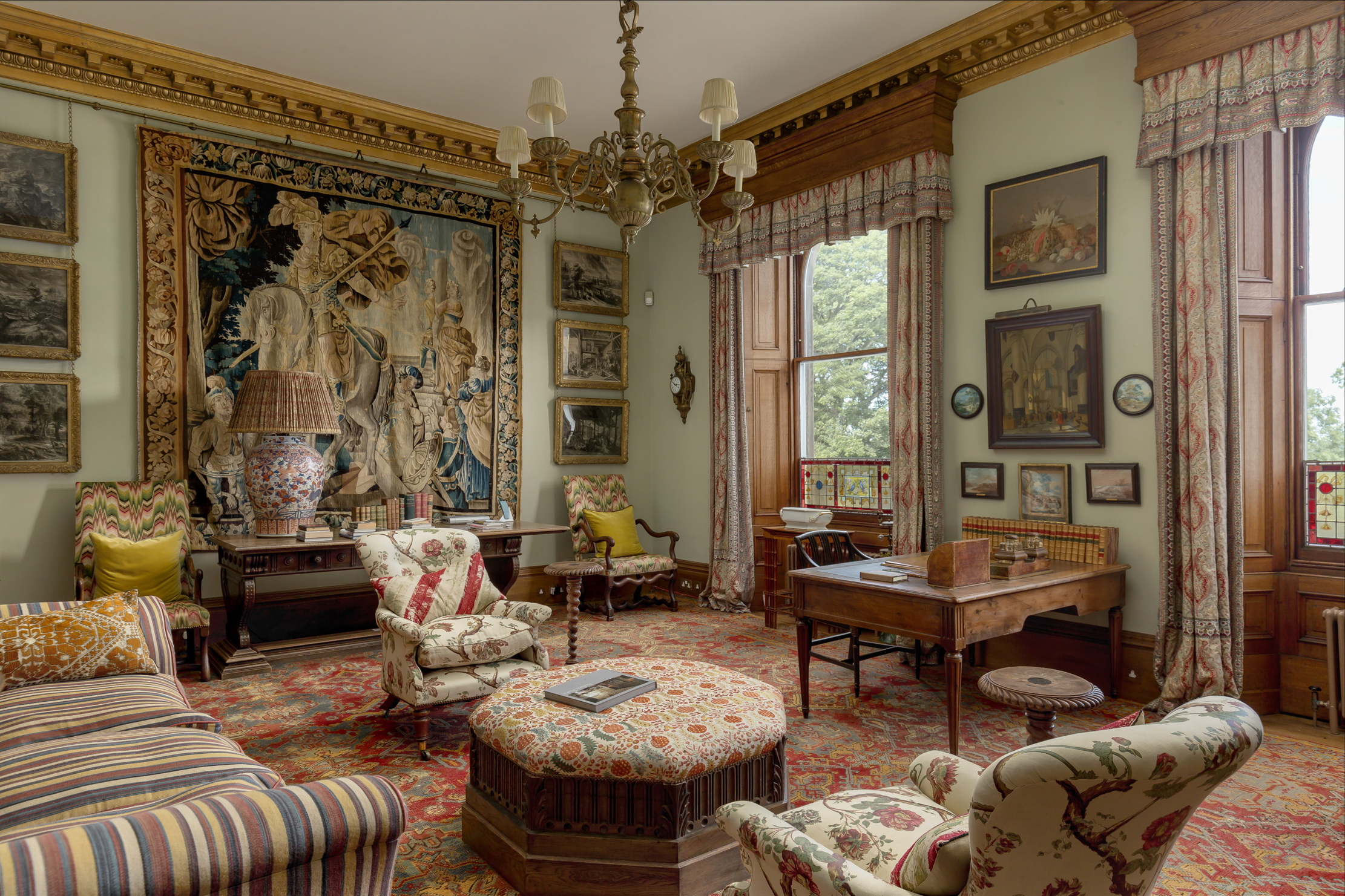 The finest interiors in Edinburgh? A seven-bedroom townhouse furnished by Robert Kime comes to market
The finest interiors in Edinburgh? A seven-bedroom townhouse furnished by Robert Kime comes to marketSituated on one of the New Town's grandest terraces, this four-storey property is a collector's dream.
By James Fisher Published
-
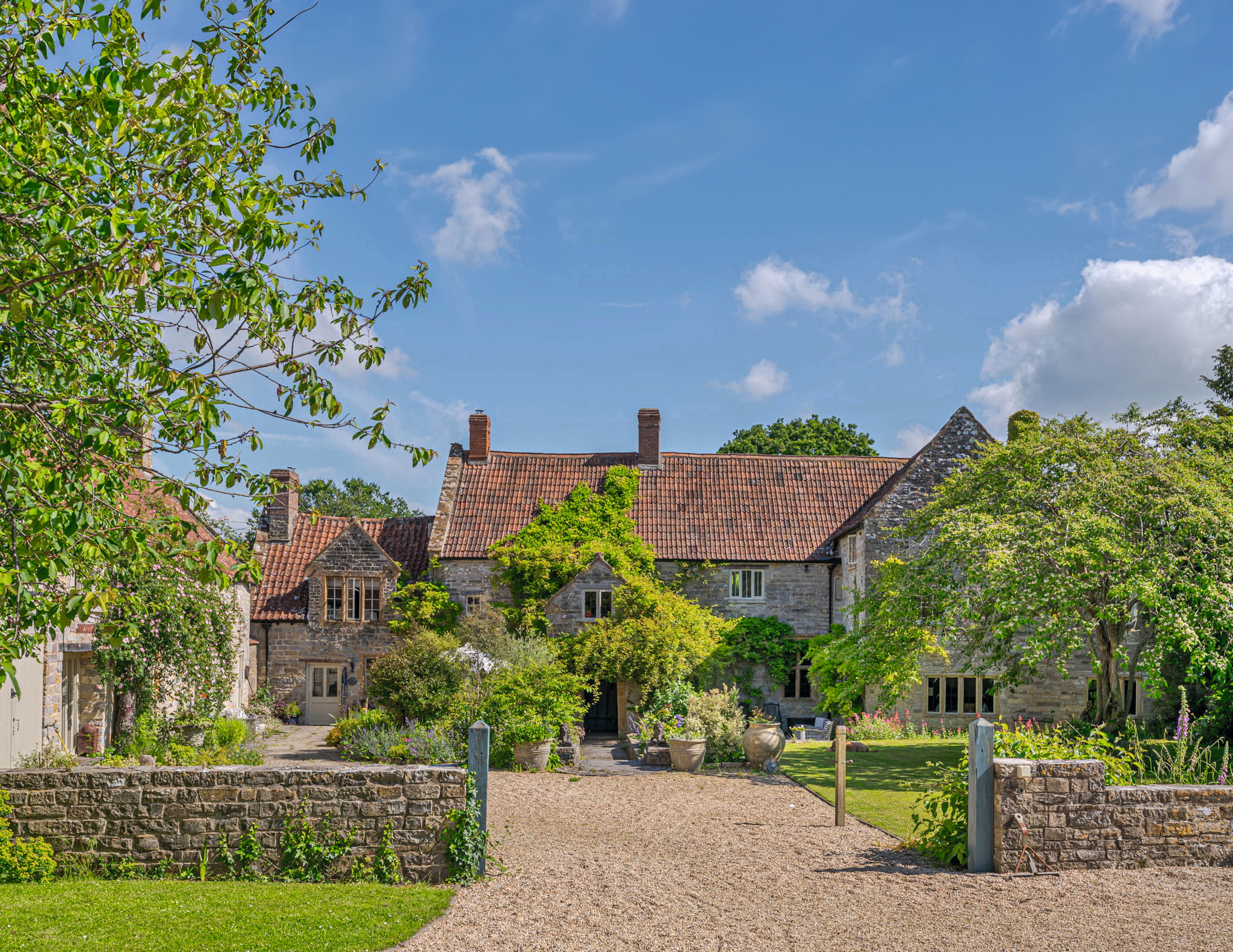 A Grade II*-listed country manor with one of the most beautiful drawing rooms in England
A Grade II*-listed country manor with one of the most beautiful drawing rooms in EnglandIf Old Manor Farm in Somerset is good enough for Pevsner, it's good enough for you.
By Penny Churchill Published
-
 An eight-bedroom home in Surrey where an army of robots will look after your lawns
An eight-bedroom home in Surrey where an army of robots will look after your lawnsDo not fear the bladed guardians of Monksfield House. They are here to help.
By James Fisher Published
-
 A French castle for sale on the banks of the Dordogne? With a swimming pool? Where do we sign?
A French castle for sale on the banks of the Dordogne? With a swimming pool? Where do we sign?This chateau in Lalinde is nothing short of a historical delight in the south of France. And it comes fully furnished.
By James Fisher Last updated
-
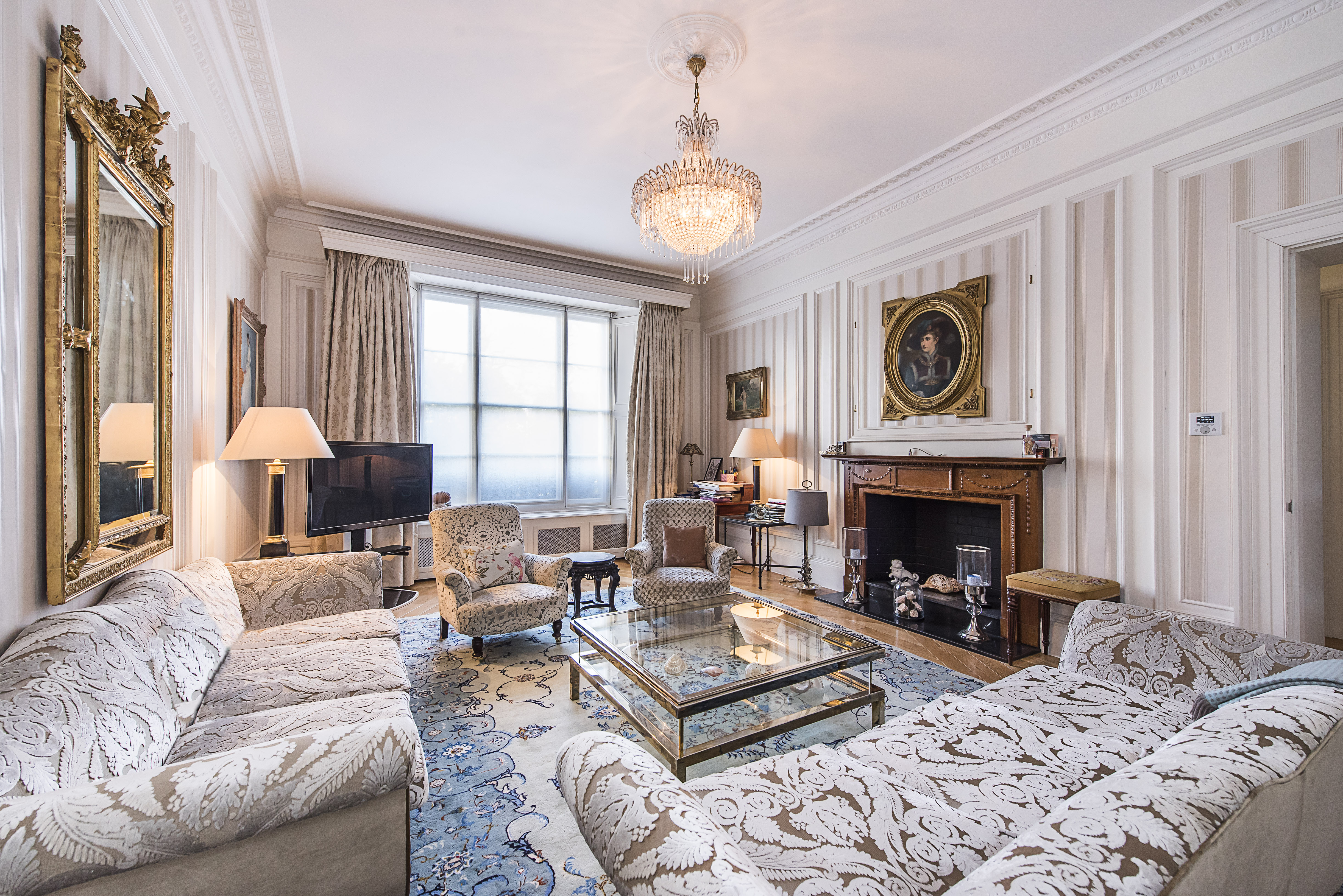 Sip your morning tea where Churchill once paced, as his former Pimlico home comes up for sale
Sip your morning tea where Churchill once paced, as his former Pimlico home comes up for saleThe five-bedroom flat in Eccleston Square offers ‘historical gravitas and modern comfort’ in a leafy pocket of London.
By Annabel Dixon Published
-
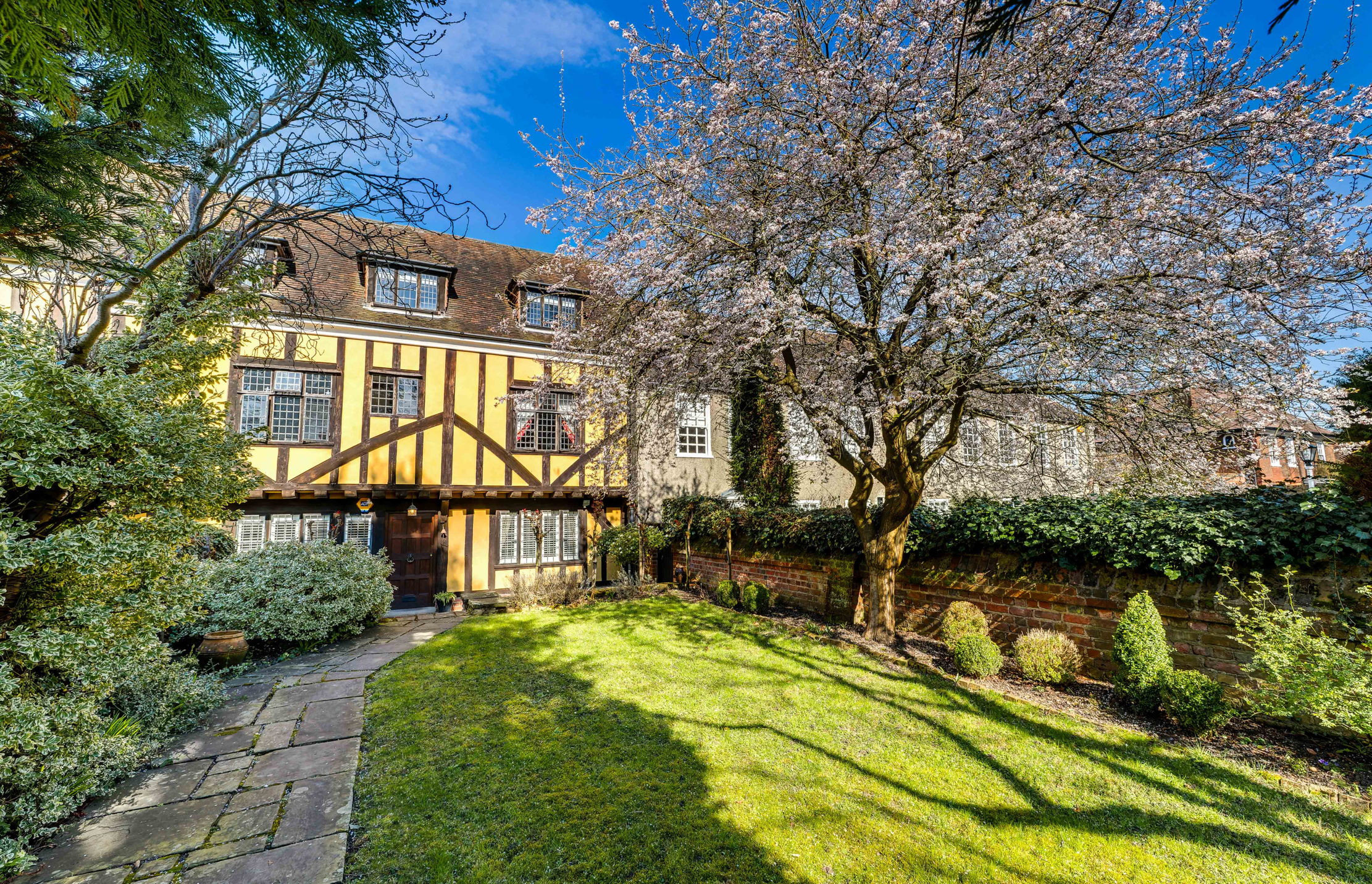 Live a life of Tudor fancy in this five-bedroom London home with links to Cardinal Wolsey and Henry VIII
Live a life of Tudor fancy in this five-bedroom London home with links to Cardinal Wolsey and Henry VIIIFans of Wolf Hall rejoice, as a rare chance to own a Tudor home inside the M25 comes to market.
By James Fisher Published

